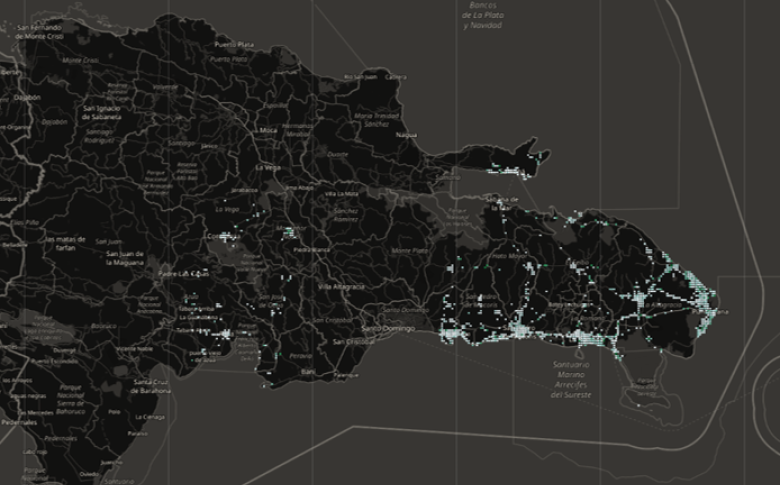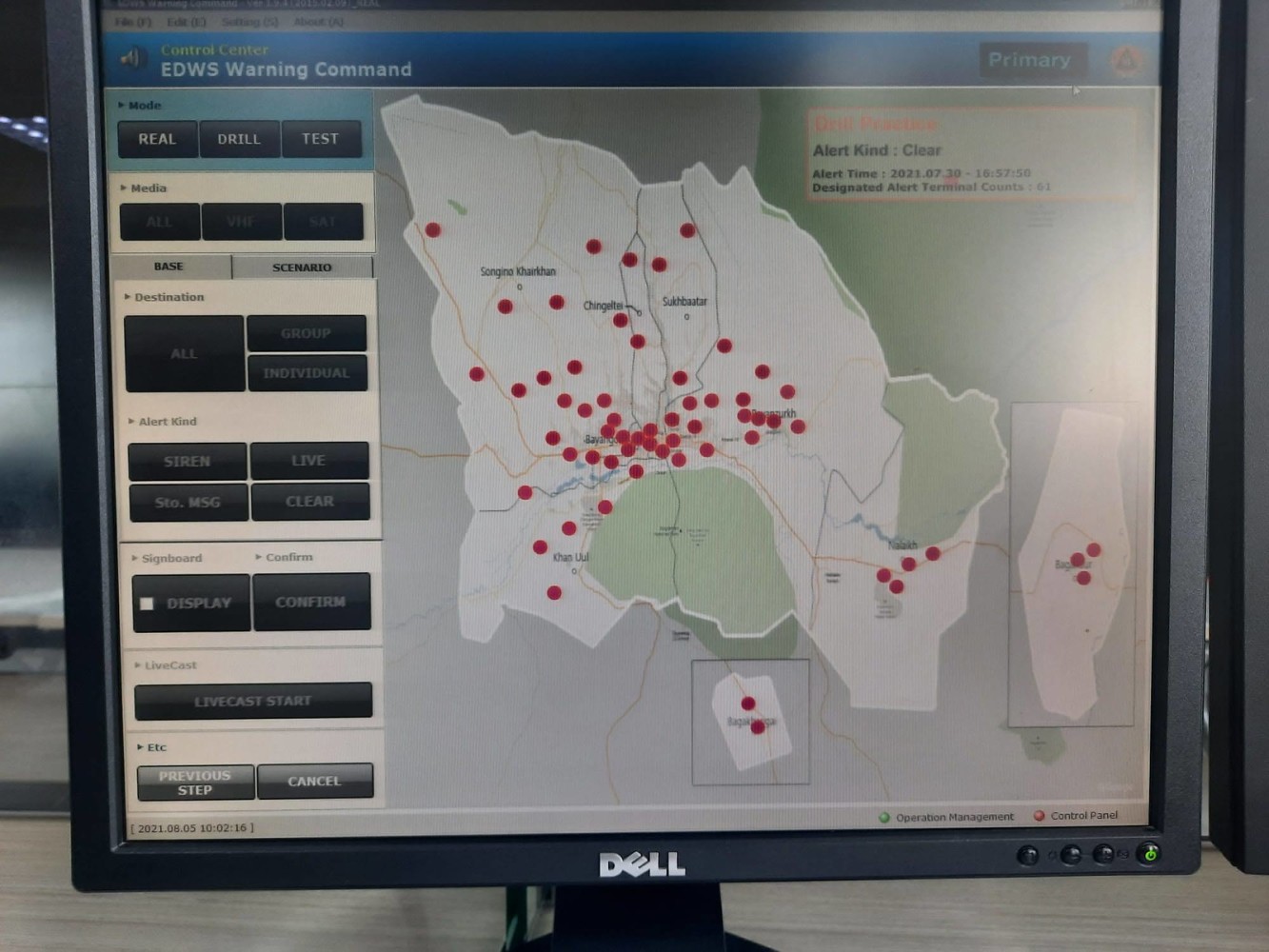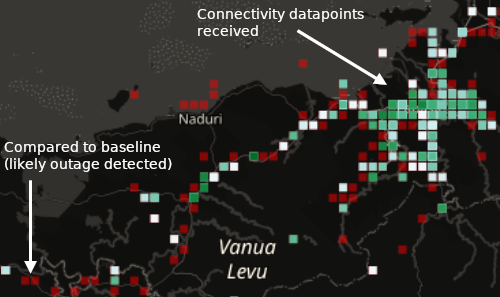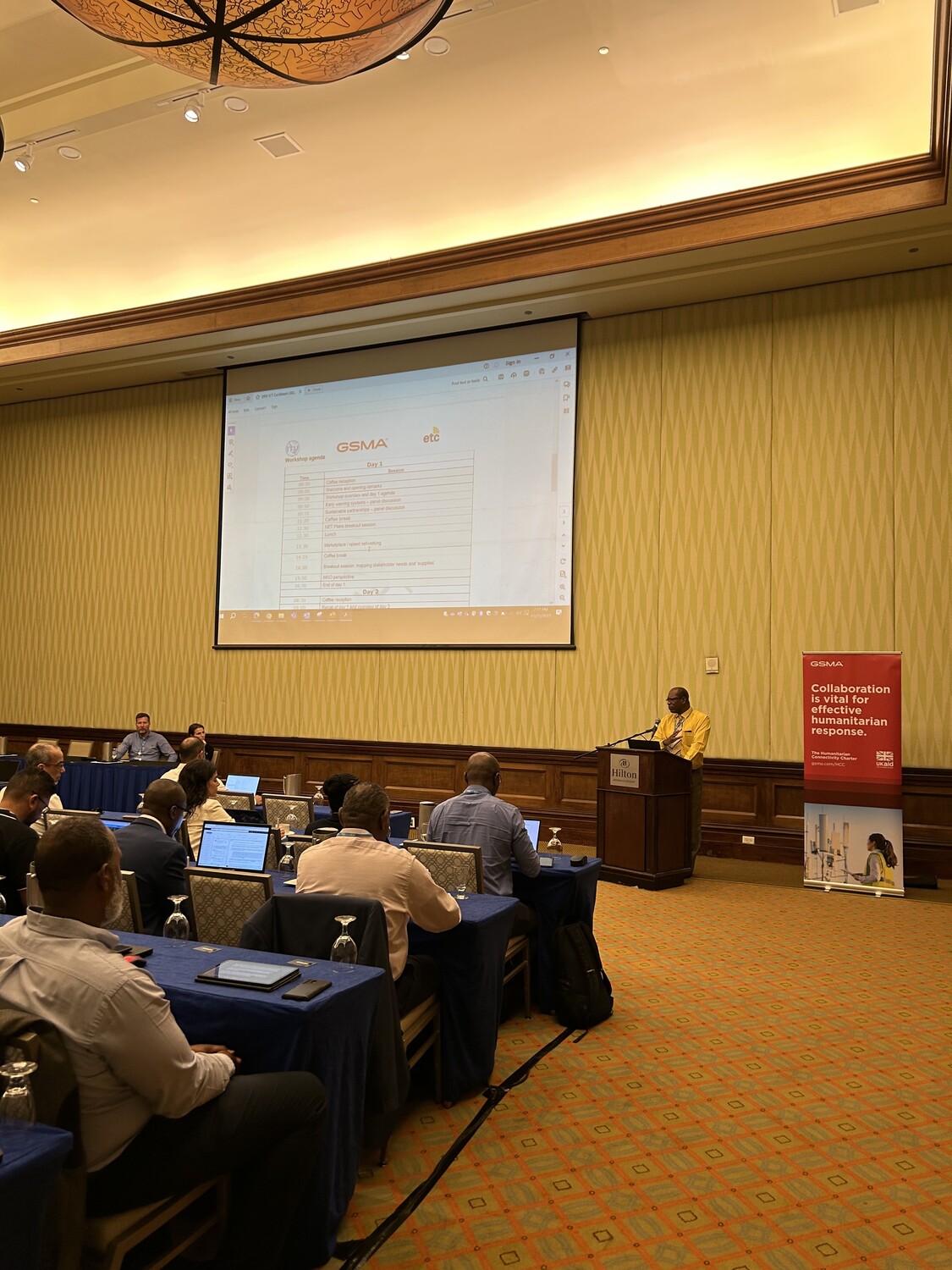Three transformative tools that are strengthening connectivity networks in disasters

Stable telecommunications networks are essential in conflict, crisis, or disaster. They enable humanitarians to communicate and coordinate responses, ensuring vulnerable families receive the support they need swiftly when every minute often means the difference between life and death.
That's why the Emergency Telecommunications Cluster (ETC), the International Telecommunications Union (ITU), and the GSMA have partnered for nearly a decade to strengthen telecommunications preparedness for countries at risk of shock, ensuring they have the infrastructure to support humanitarian response - no matter what may come.
This week, they have joined together to engage government and humanitarian stakeholders in sharing best practices related to information and communication technologies (ICT) for disaster management and risk reduction and agreeing on future actions to strengthen regional disaster resilience.
The partnerships between these groups have produced several transformative tools that have bolstered humanitarian telecommunications systems, which they will share this week to help strengthen regional capacity when disaster strikes.

A Roadmap for Disaster Resilience
The ETC has collaborated with the ITU to develop a series of National Emergency Telecommunications Plans (NETPs) and conduct simulation exercises, such as the one in 2022 in Mongolia, to strengthen emergency preparedness at the local level.
Given the ETC's commitment to local ownership and localized response capacity, working closely with government authorities, the private sector, and local stakeholders is critical to ensuring that countries are better equipped to respond effectively to disasters.
A significant outcome of this collaboration is the Emergency Telecommunications preparedness Checklist, which allows local actors to identify gaps and use these insights to shape an NETP and roadmaps for better disaster resilience.
GSMA's Role in Connectivity
GSMA's partnership with the ETC goes beyond conventional collaboration by providing valuable insights into local mobile networks and facilitating connections with local mobile network operators (MNOs) in disasters.
This commitment aligns with the GSMA-led Humanitarian Connectivity Charter, which supports principles shared by leading mobile operators to improve access to communications and information for affected populations in crises. This commitment aims to reduce the loss of life and contribute positively to humanitarian response efforts.

The Disaster Connectivity Map
One outstanding collaborative initiative involving the ITU, ETC, and GSMA is the ITU's Disaster Connectivity Maps (DCMs).
These maps provide government agencies, telecommunications operators, and first responders with real-time information on the availability and capacity of communications networks.
During Hurricane Fiona in 2022, the DCM was activated in the Dominican Republic and ultimately facilitated the rapid restoration of connectivity after the hurricane. This shows that it is a valuable tool for identifying connectivity disruptions and optimizing resource allocation for network recovery.

Increasing resilience through partnership
The collaboration between ETC, ITU, and GSMA exemplifies the potential to harmonize the efforts of global organizations, ultimately increasing the resilience of local agencies and communities. Initiatives like the ITU-ETC Checklist and DCMs are crucial in advancing emergency telecommunications preparedness.
By sharing goals and efforts through ongoing engagement with regional stakeholders, the humanitarian community ensures that communication and response are rapid, efficient, and reliable when disaster strikes, thereby saving lives.